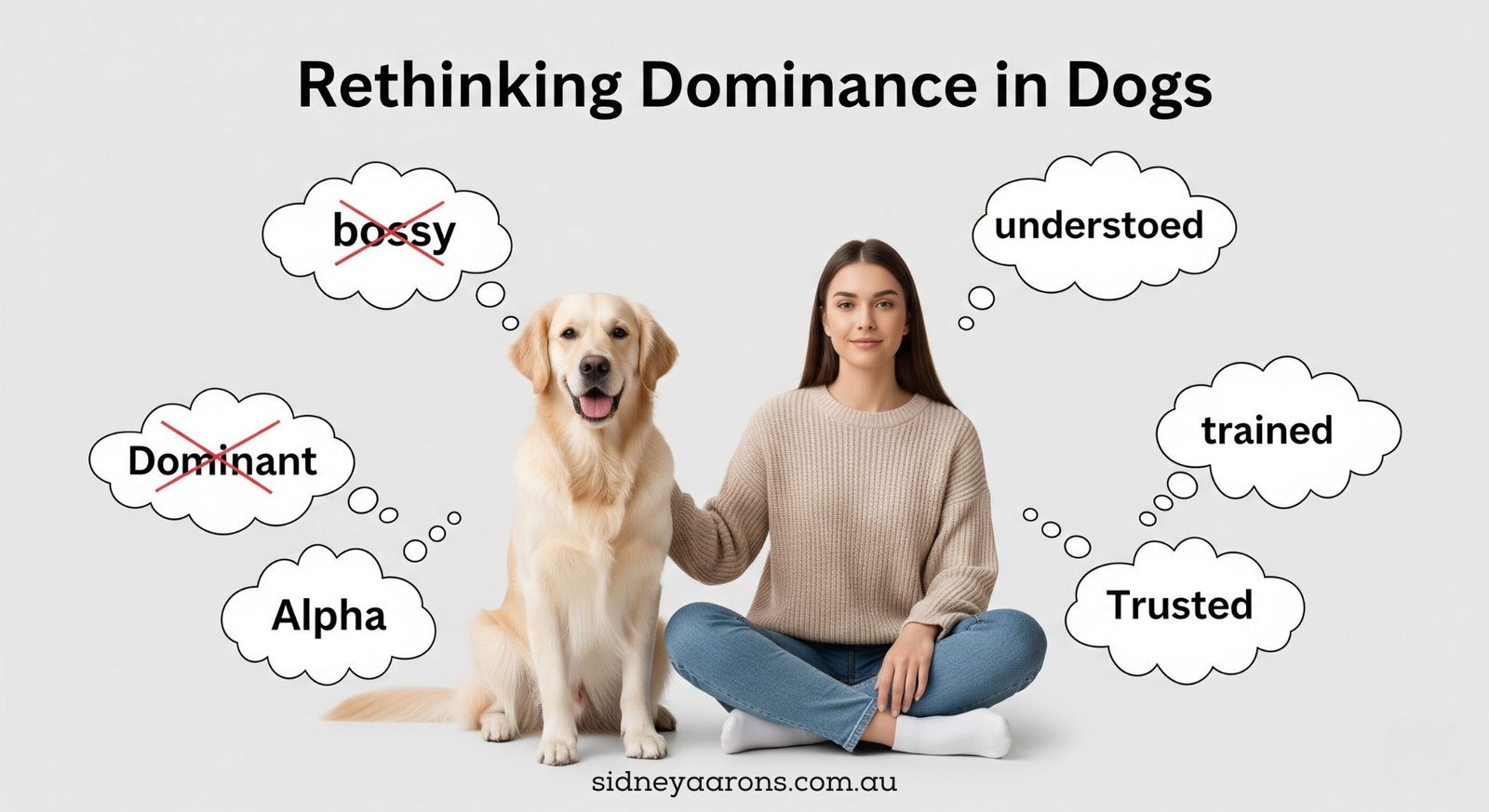
If you’ve ever heard someone describe a dog as “dominant,” you might picture a bossy pup ruling the roost, growling to get their way, or refusing to listen. But here’s the truth: dominance is an incredibly generalized term that doesn’t accurately describe a dog’s temperament or any single behaviour. Let’s unpack why this label is misleading and what we should focus on.
Dominance, as a term, is a catch-all that oversimplifies a dog’s motivations. It’s not a personality trait or a fixed state—it’s a description of a specific interaction between two individuals over a resource, like food or space. And even then, it’s not about “ruling” but about who gets priority in that moment.
Labelling a dog as dominant ignores the why behind their behaviour. For example:
Jumping on people: Often mistaken as a dog asserting dominance, this is usually just excitement, a lack of training, or your dog is not coping in the situation or a bid for attention.
Guarding toys or food: This might be called dominant, but it’s more likely rooted in fear, insecurity, or a lack of trust that their needs will be met.
Ignoring commands: A dog isn’t “defying” you to be the boss—they might not understand the cue, be distracted, or lack motivation.
Every dog is an individual, and their actions are shaped by genetics, training, environment, and emotions—not a desire to be “top dog.” Slapping the dominance label on a behaviour risks misinterpreting what your dog is trying to communicate.
When we assume a dog is acting out of dominance, we often resort to outdated training methods that prioritize “showing them who’s boss.” Harsh corrections, alpha rolls can damage your bond with your dog, increase fear, and even worsen the behaviour.
Instead of addressing the root cause—like anxiety, confusion, or unmet needs—these methods create stress and mistrust.
Rather than thinking in terms of dominance, focus on what your dog is feeling and why they’re behaving that way. Here’s how:
What’s happening when the behaviour occurs? Is your dog stressed, excited, or bored? For example, a dog that barks at other dogs might seem “dominant” but could be reacting out of fear or frustration.
Ensure your dog gets enough exercise, mental stimulation, and clear communication. A “pushy” dog might just be under-stimulated or craving interaction.
If you’re struggling with behaviours like aggression or resource guarding, consult a certified dog trainer who uses science-based, balanced methods.
Dogs are complex, emotional beings, not power-hungry tyrants plotting to take over your home. By moving away from the generalised dominance term, we can better understand our furry friends and build stronger, happier relationships with them.
Next time someone calls a dog “dominant,” challenge the term—ask what the dog is really trying to say. Let’s give our pups the empathy and understanding they deserve!
© 2025 All Rights Reserved.
Get notified about new Seminars, Coupons and Discounts.